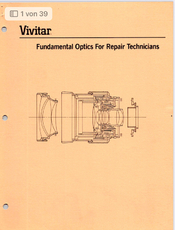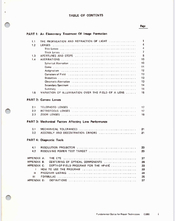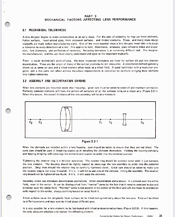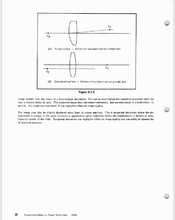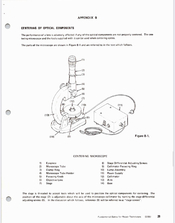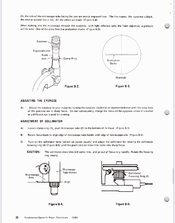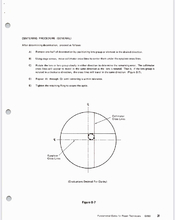Andreas Thaler
Subscriber
This current thread is about, among other things, the decentering of a lens block in a Nikkor zoom lens:

 www.photrio.com
www.photrio.com
I am now wondering how one can check a lens for possible decentration without much effort and came across this (German) website, which provides instructions on how to do so:
(Google Translate, German -> English
A detailed article on the topic:

My questions as DIYer:

Nikkor 24-120/3.5~5.6 AF-D (IF): Fungus removed, assembling the rear lens block, infinity focus stop
I actually bought this zoom lens for immediate use. When I checked it, I found mold on several lenses. That would be a reason to send the lens back to the seller straight away. But for me it is a welcome repair project 😊 I really appreciate this lens for my walks through the city because it...
I am now wondering how one can check a lens for possible decentration without much effort and came across this (German) website, which provides instructions on how to do so:
(Google Translate, German -> English
A detailed article on the topic:

Testing for a Decentered Lens: an Old Technique Gets a Makeover
What is Decentering and What Does it Do? Strictly speaking, decentering would involve one or more of the lens elements being off of the central axis of the lens. This would prevent the curved surfaces of the lens from bending the light properly. In severe cases it could result in halos or...
www.lensrentals.com
My questions as DIYer:
- What setup/equipment do I need to examine a lens more closely?
- How can I determine which lenses in an objective are decentered?
- How can I correct a detected decentering?
Last edited:



